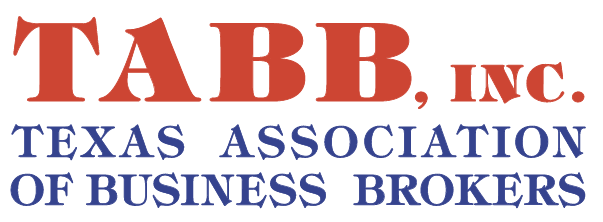Updated February 14, 2017.
Many small to medium size business owners, including this author, get wrapped up in day to day management of their businesses to the exclusion of some important aspects of oversight.
The ultimate business benchmark is, of course, bottom-line net profit. However, the three financial ratios discussed here don’t take long to calculate and will keep you on track for a healthy bottom line number. These are the three that should be checked frequently to monitor the ongoing health and viability of your business:
Gross Profit Margin
Gross profit is simply your total sales (less sales tax) minus the cost of products sold. Other expenses like rent, payroll, etc. are not considered in this calculation. The gross profit margin is usually expressed as a percentage by dividing the gross profit by total sales.
For example, if your gross sales for last year (exclusive of sales tax) were $500,000 and the cost of the products you sold was $220,000, then your gross profit was $280,000. Dividing your gross profit by total sales, we can calculate that your gross profit margin was 56 percent. The rest of your expenses come out of this gross profit to compute your net profit.
Most industries have benchmarks for gross profit margins. If yours is above your peer group, you’re doing a good job. If lower, look for ways to improve.
Current Asset Ratio
This ratio is a measure of your company’s ability to pay its bills as they become due. It is calculated by dividing your company’s current assets by its current liabilities.
Current assets are cash in the bank, accounts receivables and any other assets you expect to be converted into cash within the next 12 months. Current liabilities are those obligations that will become due and payable during the next 12 months.
A ratio of two or better is considered by most analysts to be a comfortable situation. If it’s one or lower, you’ll be waking up in the middle of the night!
Inventory Turn
This calculation measures how fast you’re selling and replacing your inventory. Inventory turn is particularly important in retail and wholesale operations, but has application in all business categories. It’s calculated by dividing the average inventory for the time frame being analyzed by the cost of goods sold.
Again, consult your industry benchmark for what is average in your niche. The higher the turn, the better job you’re doing in managing your inventory level. A low number most likely means you’re carrying too much inventory for your level of sales.
In summary, don’t be intimidated by the idea of periodically calculating these benchmarks. It’s pretty easy. And if you need help, ask your accountant.
Here are related articles you might find interesting.
- What is a Business Owner’s Discretionary Cash Flow?
- Top 3 Issues Involved in Buying or Selling a Business.
- Using Rule-of-Thumb Guidelines to Estimate the Value of a Business.
# # #
William Bruce is a business broker, an Accredited Business Intermediary and a business appraiser. His practice includes consultations nationally on matters involving business valuations and transfers. He currently serves as president of the American Business Brokers Association. He may be reached at (251) 990-5934 or by email at Will@WilliamBruce.org.

















